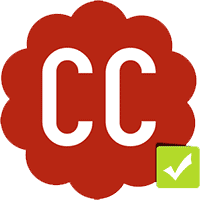Difference between content writing and content curation
Both creating new content and publishing it and curating existing content (sourced from various blogs and websites) can be beneficial to your overall content marketing strategy. When you publish content – whether original orl curated – you want to provide value to your visitors and make them aware of what you can deliver. By curating content you do great service to your visitors because you accumulate great knowledge at a single point. But this doesn’t mean you constantly curate content and never generate original content. Publishing original content is a must if you want to establish yourself as an authority and increase your brand loyalty. Whereas curating content is a good way of providing lots of information in a quick manner you will be mostly sending people away from your website. Original content keeps them hooked onto your own website or blog.
